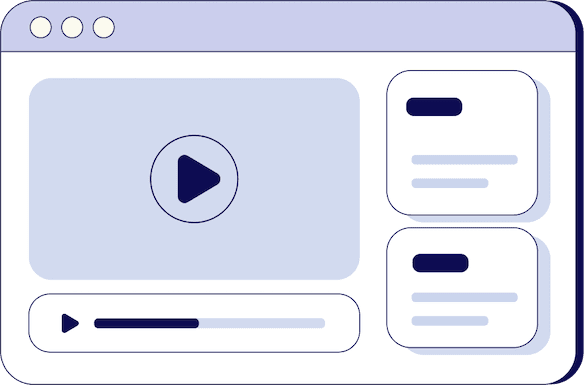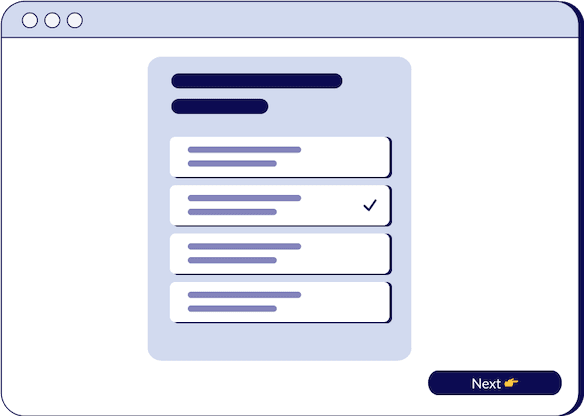
The Classic & Reverse Fishbone Diagram | A Whiteboard Training Video
Christian Loyer
Partner at Exceedium

- duration
- 14 min
- Average Score
- 69%
- Stars
- 5
Let’s delve into the intricacies of the fishbone diagram, also known as the Ishikawa diagram, named after its creator, Kaoru Ishikawa. This visual tool, developed in the 1960s, gained global prominence in the '70s and '80s as one of the seven fundamental quality tools. Originally employed in Japan to address issues, it became a Six Sigma staple in the 1990s, integral to the measure and analyze phase of projects.
The Fishbone Basics: Identifying the '6Ms'
To initiate a fishbone diagram, you start by identifying the six main categories, often referred to as the '6Ms.' These include Manpower, Methods, Money, Machines, Metrics, and Mother Nature. While these are the classic categories, customization is possible based on the specific problem at hand. Manpower involves the people in the process, Methods pertain to processes, Money relates to financial aspects, Machines consider technology, Metrics involve measurements, and Mother Nature encompasses the overall environment and company culture.
Resolving Issues: A Step-by-Step Fishbone Workshop
Let's walk through the process with an operational example: "Service levels are too low." Placing this issue at the head of the fishbone, we proceed to brainstorm with a team, identifying potential causes under each 'M' category. For instance, under Manpower, causes might include a lack of training or low workforce engagement. Methods could involve poorly defined processes, while Money might highlight budget constraints. Machines could involve outdated equipment, and Metrics might lack clear targets. Mother Nature might include high customer expectations or a lack of recognition.
Primary Cause Analysis: Sorting Through the Clutter
It's crucial to note that this phase is not a root cause analysis but a primary cause analysis. The goal is to identify the primary reasons behind the problem. The Pareto principle comes into play, suggesting that 20% of the causes generate 80% of the problem. Facilitators can guide teams in identifying the top causes through techniques like multi-voting, allowing team members to allocate votes to the most critical reasons. This process streamlines the focus on the most impactful issues.
Root Cause Analysis: Unveiling the Core Issues
The selected primary causes are then taken into a root cause analysis phase. Utilizing tools like the five whys, teams delve deeper into understanding why these issues exist. By asking "why" repeatedly, the analysis breaks down complex problems into manageable levels, revealing the root causes that need attention.
Reverse Fishbone: Crafting Success Elements
Now, let's flip the narrative with the reverse fishbone diagram. Instead of uncovering causes, we're identifying elements crucial for project success. Utilizing the same '6Ms,' we explore how to make a project successful. For example, under Manpower, elements like project sponsor support and communication plans are critical. Each 'M' category contributes specific success elements, providing a holistic view.
Strategic Planning: Multi-Voting for Success Elements
Similar to the traditional fishbone, teams use multi-voting to determine the most important success elements. This democratic process allows team members to allocate votes to elements they deem most critical. The result guides teams to focus on key success factors.
Implementation: Turning Insights into Action
With identified success elements, teams can now break down these factors further, just like in root cause analysis. This detailed analysis enables the formulation of actionable strategies and plans to ensure project success.
In conclusion, the fishbone diagram, with its dual approach of issue resolution and success element identification, remains a powerful tool for project management. Whether resolving complex problems or strategizing for success, mastering the fishbone diagram proves invaluable in navigating the intricacies of various challenges. We encourage you to incorporate this versatile tool into your everyday problem-solving arsenal.
How Triple Session works
Training, Testing, & Feedback
Triple Session's proven formula accelerates your sales performance through consistent, organized practice, backed by measurable results.

Bite-Sized Knowledge
Our expert-led video sessions simplify complex sales concepts into easy-to-digest 5-15 minute videos for better retention.

Test Your Understanding
After each session, there will be a quiz to test your understanding and help you improve on any areas that need more attention.

Evaluate and Grow
Get progress snapshots after each quiz to track your improvements and achieve your sales mastery goals.